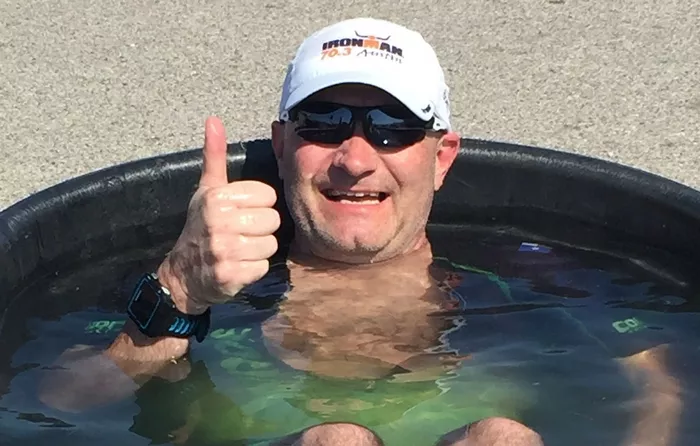Residents of the Houston metro area are finding smart and safe ways to stay active despite the area’s intense summer heat. With temperatures already climbing to 96°F in May and the heat index pushing into triple digits, locals are taking proactive steps to avoid the life-threatening consequences of heat-related illnesses.
For many outdoor enthusiasts, including runners and cyclists, the treadmill remains a last resort. While indoor cycling offers a safer alternative, outdoor workouts still hold a strong appeal. However, the sweltering weather demands caution.
The heat is more than an inconvenience—it can be deadly. On May 18, former Texas A&M football safety Brian Williams tragically passed away from heat stroke after a half marathon. Such incidents highlight the urgency of heat awareness, especially for athletes and outdoor laborers.
One local athlete, familiar with the risks of heat exhaustion, recalled a personal experience that left him lying in his driveway for half an hour before he could summon help. Since then, he has developed a heat-specific fitness protocol to avoid danger during workouts.
Staying hydrated is essential. This athlete now carries water during every workout and plans running routes around the availability of water fountains—especially those that dispense cold water, a rare luxury in the Deep South by late spring.
To further combat dehydration, he supplements his fluid intake with sodium and electrolytes before and during workouts. Products like Salt Stick and Precision Hydration are popular choices among endurance athletes. Precision Hydration even provides sweat rate calculators and mobile sweat testing services. More accessible options such as Gatorade and even coarse salt carried during rides are effective in maintaining sodium balance.
Pickle juice, whether from a jar or enhanced electrolyte versions like the Pickle Juice brand, serves as a go-to remedy during especially harsh conditions. However, a humorous warning comes with this tip: pickle juice and Mountain Dew look remarkably similar at aid stations—a mix-up that’s both jarring and unpleasant.
Five Expert Tips to Avoid Heat Stroke
To help others avoid the dangers of heat stroke, local fitness advocates and health experts recommend the following five strategies:
Hydrate All Day: Hydration should begin long before a workout starts. Maintaining consistent fluid intake throughout the day aids recovery and performance.
Let Go of Performance Goals: Summer isn’t ideal for setting personal records. Athletes should prioritize listening to their bodies and monitoring their heart rates over pushing limits.
Stay Cool During Exercise: Ice can be placed in headbands, gators, sports bras, or hats. When ice isn’t available, cold water poured on the body can help regulate temperature. If overheating becomes apparent, taking a break is crucial.
Protect Against the Sun: Wearing hats, cooling sleeves, and sunglasses helps prevent skin and eye damage. Applying sunscreen before outdoor activity and scheduling annual dermatology checkups are also advised.
Never Work Out Alone: Partner workouts enhance safety. When solo, a communication plan should be in place. Carrying ID, such as a Road ID on a watch, ensures emergency contact info is readily available.
Recognizing and Responding to Heat Exhaustion
The National Weather Service warns of symptoms that signal heat exhaustion, including:
- Heavy sweating
- Weakness or fatigue
- Pale, clammy skin
- Fast, weak pulse
- Muscle cramps
- Dizziness
- Nausea or vomiting
- Headache
- Fainting
If someone exhibits these symptoms, immediate action is necessary. They should be moved to a cooler location, preferably with air conditioning. Clothing should be loosened, and cool, wet cloths applied. A cool bath can also help, and the person should be encouraged to sip water.
These safety tips aren’t just for runners or cyclists—they’re vital for anyone working outdoors during the summer, such as farmworkers. Staying hydrated throughout the day is the most important preventative measure and can mean the difference between staying healthy and facing a medical emergency.
As temperatures continue to rise in Houston and similar climates, awareness and preparation remain the best defense against the dangers of extreme heat.
Related Topics
- Top Mosquito Control Solutions for Patios and Yards in 2025
- Winter Wonders: Discover Australia’s Top Cold-Weather Camping Destinations
- Dartmoor Wild Camping Win Sparks Nationwide Call for Greater Public Access to Nature

